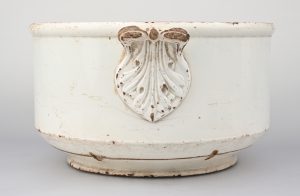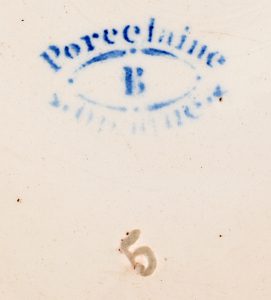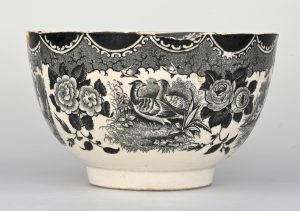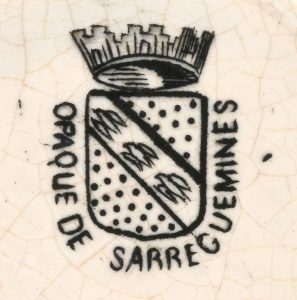



In the 19th century, the pottery industry developed new types of refined white earthenware that were considerably whiter and more robust than the older fabrics and glazes. Ironstone china contained greater amounts of feldspar and kaolin and these new formulations were given different names, including “porcelain opaque” or “granite”. The vessels were biscuit fired at temperatures of between 1180ºC and 1300ºC and glost fired at 1050ºC to 1080ºC. The body in ironstone china was not translucent and could be classed as refined white earthenware; its name was therefore slightly misleading.
Translation Sandy Haemmerle
German: Granit
French: Porcelaine opaque

